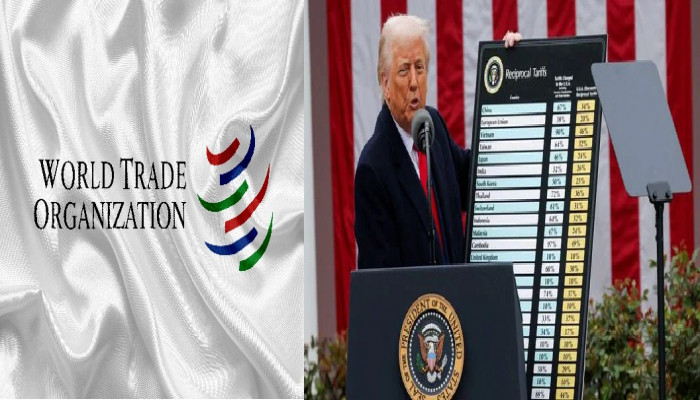China’s LGFV insiders say $9 trillion debt problem is worsening
- In Reports
- 06:54 PM, Aug 25, 2023
- Myind Staff
China is confronting a challenging path to address the mounting risks arising from its massive off balance sheet local government debt, which stands at a staggering $9 trillion. As President Xi Jinping's administration aims to navigate this precarious situation, the potential outcomes could have far-reaching implications. The central objective is to mitigate risks without resorting to extensive bailouts, a task that carries substantial risks and could impact the nation's economic growth trajectory.
The core issue involves China's local government financing entities (LGFVs), established to borrow funds for regions. The plan to make them self-sufficient is difficult in poorer areas due to the risk of economic decline. Six firms in different provinces report revenue problems, making it hard to pay loan interest.
This leads to banks hesitating to lend, investors avoiding bonds, and a lack of investments. Solutions like government support or debt relief could hinder growth. The situation matters globally due to LGFVs holding $2 trillion in bonds, half of China's corporate debt, risking a major financial system disruption with a worldwide impact. Logan Wright of Rhodium Group emphasizes LGFV debt's importance in China's future economy, comparing its impact to a property market crisis.
China's Ministry of Finance and National Development and Reform Commission are silent on the debt issue. Following hints from the Communist Party's Politburo in July, Beijing is taking action. Provinces can raise 1 trillion yuan ($137 billion) via bonds to pay LGFV debt, boosting bond confidence. The move might be accompanied by central bank liquidity support for struggling LGFVs. Initially, the plan was asset injection for self-sufficiency.
However, this approach has encountered obstacles, as seen in a mountainous district in Chongqing. Here, a local government-owned company borrowed substantial amounts to construct infrastructure and convert a former mining area into a factory development zone. Despite these efforts, the company has struggled to generate enough profit to meet its interest obligations, revealing a significant debt-to-cash imbalance.
China's LGFVs are dispersed throughout the nation, established to boost local economies. In the previous year alone, these entities injected over 5 trillion yuan into the economy. These companies rely on payments from local governments in the form of infrastructure funds and subsidies, in addition to borrowing from banks and issuing bonds.
Nonetheless, this funding model is under mounting strain due to several factors. A record volume of LGFV debt has matured. The local governments are experiencing dwindling revenues due to a two-year slump in home sales with speculations abound on Beijing's potential bailout assistance to struggling LGFVs. These circumstances have led to increased interest rates on bonds and loans, making it more challenging for weaker companies to secure financing.
Beijing's initial plan was to render LGFVs self-reliant by injecting state-owned assets into them and permitting their entry into new business sectors. While this strategy has succeeded in wealthier regions such as Shanghai, it has encountered difficulties in poorer inland provinces, where resources are scarce.
As per the reports, Market dynamics worsen challenges. Post Beijing's reluctance to aid pre-pandemic led to LGFVs facing higher rates and shorter maturities from wary bond investors. Debt costs have increased, and weak entities struggle for financing. Some regions can't access bonds; banks demand almost 10% rates. The consequences are broad, affecting local economies and national spending. LGFVs contribute 20%-50% of China's infrastructure spending. Defaults are increasing hurting projects and investors. Even asset-rich regions like Guizhou are suffering.
Image source: YouTube



























Comments